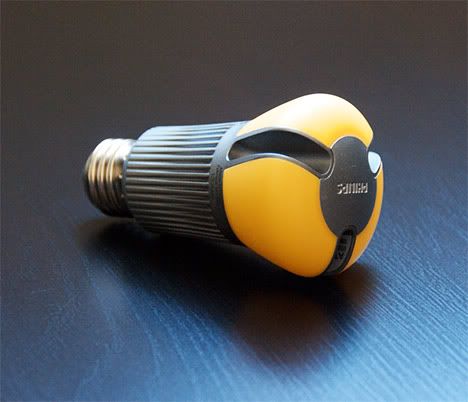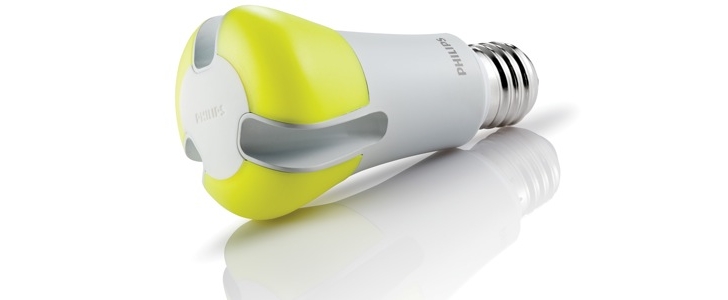When somebody has an idea a light bulb bursts into life above their heads so everybody knows about it. Ok, not really, but what if we could create a light bulb that lasts for 20 years? Think about it, if you had a 20-year light bulb for every room in the house then by the time you have to replace it your kids will have left home. And that’s one less task to be dealing with.
But the future is already here because a 20-year light bulb has gone into production in America. The Dutch electronics giant Philips is the creator of this and has set its new invention for release on Earth Day. It was originally created as an entry for the Bright Tomorrow competition, which aimed to find an alternative to the 60-watt lights that will be phased out in America by 2014, and are already completely out of production in Europe.
The bulb is a change from your normal source of light, though, because it doesn’t use any filaments. Instead, it uses light-emitting diodes (LED) to light up a room. And it’s these LEDs that have created the long-lasting qualities and hefty price tag associated with this bulb.

In America you can expect to fork out the equivalent of £37 for one of these bulbs. Even though it seems to be quite hefty, it’s probably a good idea in the long-run because you have to remember that it’s £37 for 20 years. Now that’s good value.
And yes, I can already hear many people commenting on the fact that new bulbs in general tend to have very cold and sterile glows. But this 20-year light bulb was created to keep the warm glow and be more energy efficient.
The only issue is that we’re not sure how well this is going to go down with an average person as the only reason Philips won was because it was the only entrant in the competition. So really it won by default.
On a side note, I’m not sure whether the fact that it was the only entry means that Philips is the only firm capable of creating this sort of device or whether it’s just because most people couldn’t care less. I sincerely hope that it’s the former.
Nevertheless, if it works then expect to see these LED bulbs in houses all around the world quite soon. Let’s just hope that it doesn’t demonstrate the very worst of a cold and heartless modern world.


“we’re not sure how well this is going to go down with an average person as the only reason Philips won was because it was the only entrant in the competition.”
Heh, sounds like some of the Antismoking research I’ve seen!!!
:>
MJM
I have to admit I did have to look at that information twice because I didn’t believe it at first. Lots of research is laughable because it either only came from one minor study or one study which only tested about a 100 people.